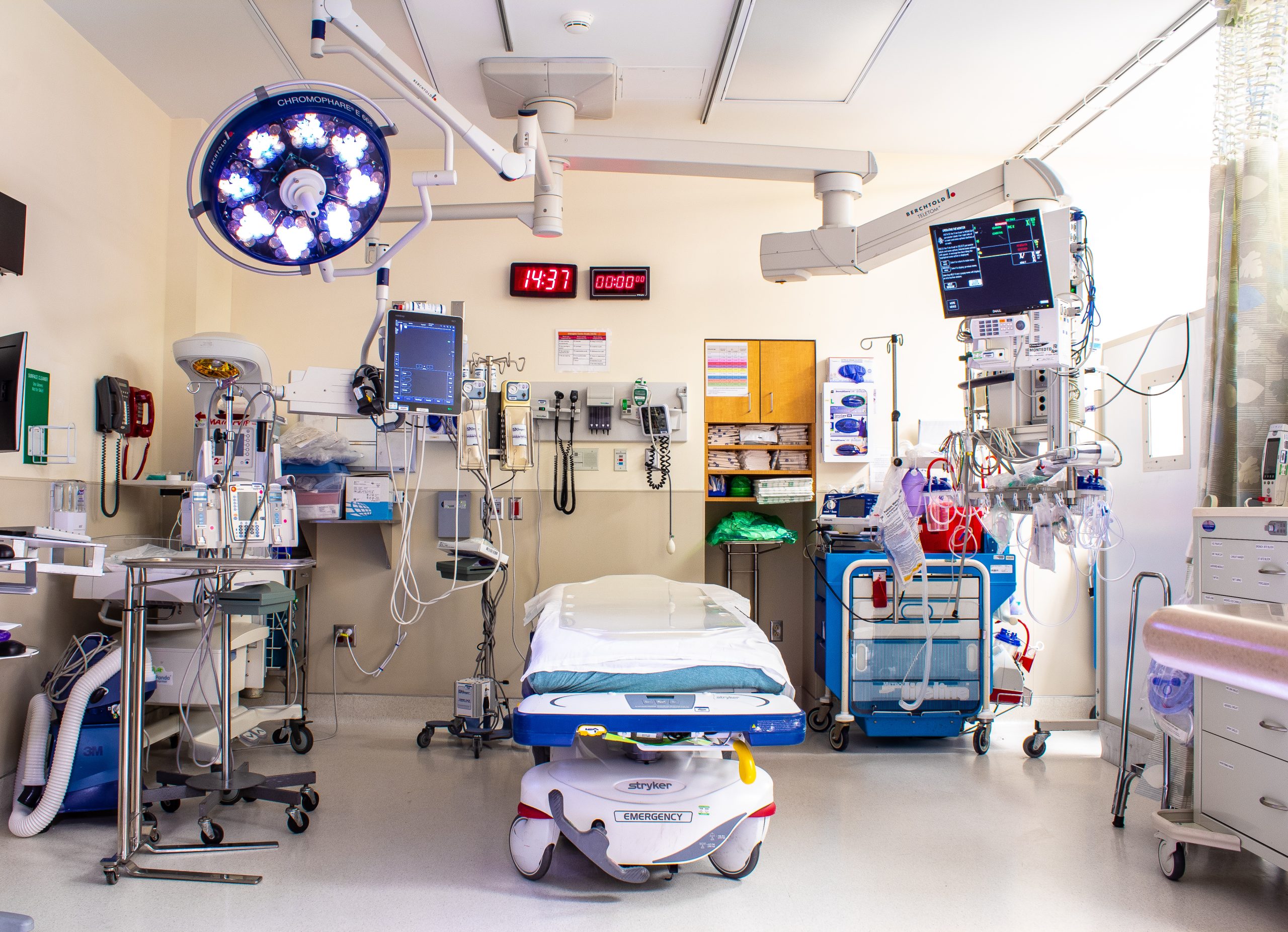Trauma Centers: What Are They?
What is a Trauma Center and How It Differs from an Emergency Room?
A trauma center is a specialized medical facility equipped to provide comprehensive care to patients who have experienced severe or life-threatening injuries. These centers are classified into different levels (I through IV) based on their resources and capabilities, with PARC and Level I trauma centers offering the highest level of care, including 24/7 access to specialized surgeons, advanced imaging, and critical care.
Unlike a typical Emergency Room (ER), which handles a wide range of medical emergencies—from heart attacks to broken bones—a trauma center is specifically designed to treat the most serious injuries, such as those resulting from car accidents, falls, or violent incidents. While an ER is often the first point of contact for emergency care, patients with severe injuries are quickly transferred to a trauma center for the specialized treatment they need.
The key difference lies in the level of expertise and resources available. Trauma centers are staffed by highly trained trauma surgeons, anesthesiologists, and other specialists who are ready to respond to critical situations at a moment’s notice. Additionally, these centers are integrated with emergency medical services (EMS) to ensure rapid transport and immediate care, which is crucial in saving lives and improving outcomes for trauma patients.

Key Differences:
-
Emergency Room: Best for most medical emergencies or moderate injuries that need immediate attention but are not life-threatening.
-
Trauma Center: Best for severe, life-threatening injuries where specialized trauma care is required immediately.

Maryland Trauma Level
MIEMSS Designations

The Maryland Institute for Emergency Medical Services Systems (MIEMSS) outlines the categorization of trauma centers in Maryland as follows:
-
Primary Adult Resource Center (PARC):
- Highest level of trauma care.
- Includes attending surgeons and anesthesiologists in the hospital at all times, dedicated trauma care facilities, and comprehensive trauma research programs.
-
Level I Trauma Centers:
- Provide comprehensive trauma care.
- Includes a trauma surgeon and anesthesiologist in the hospital at all times, with dedicated facilities and trauma-related research and education.
-
Level II Trauma Centers:
- Provide a high level of trauma care but with some resources shared with other hospital services.
- Surgeons and anesthesiologists are available on call and must respond within 30 minutes.
-
Level III Trauma Centers:
- Provide initial evaluation, stabilization, and transfer to higher-level centers if needed.
- Surgeons and anesthesiologists are on call with similar response time requirements.
